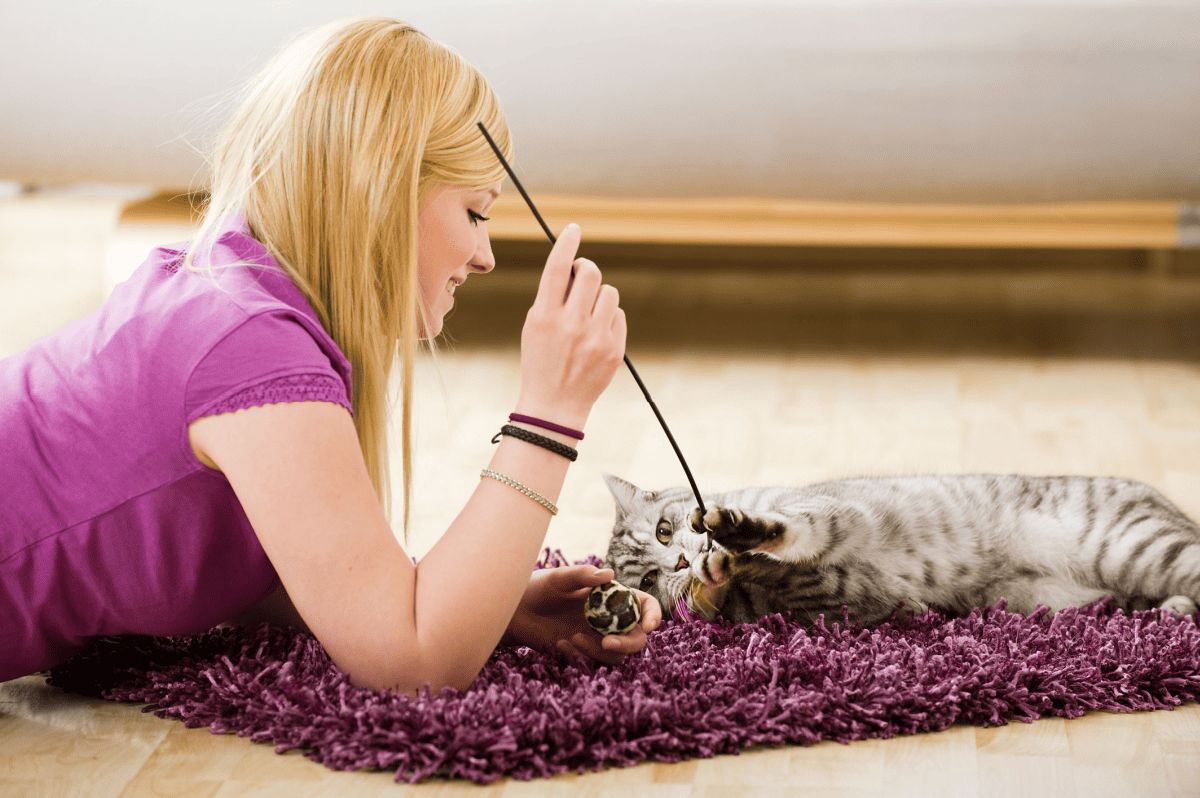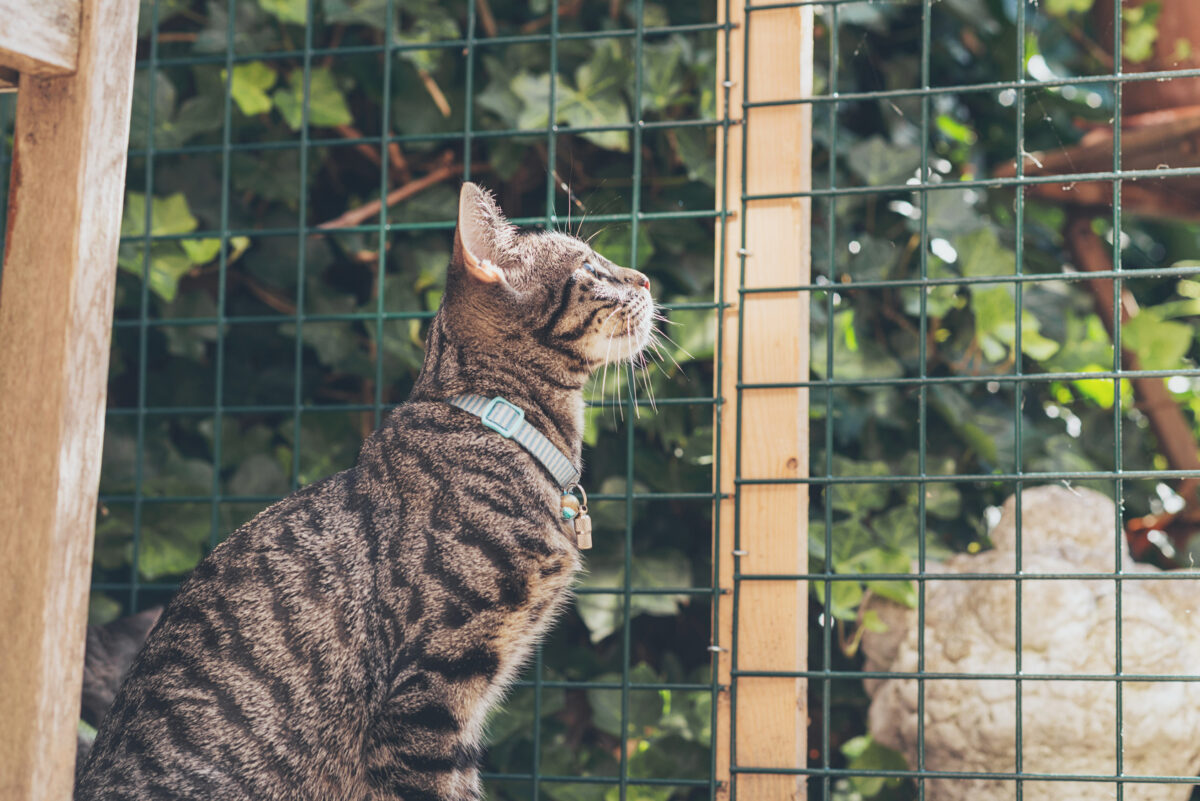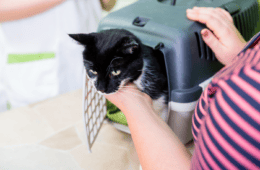What's the best way to get started as a cat sitter? Sit for your friends or neighbors.
No matter how much you love cats, pet sitting may not be right for you so it's best to take the job for a test drive before committing to a new career.
Why Specialize?
Pet sitters are most often women, working part-time to supplement income and indulge their love of cats, dogs, and other critters. Some specialize in cats only, especially as they come pretty much one size, are indoor pets, and use litter boxes.
Unless the cat is taking medicine, your visit can be made at your convenience. Most cats have basic care—food, water, clean litter, and optional petting.
Work With An Established Pet-Sitting Service
It will make your job easier. The service will do the advertising, screen clients, collect the money, send your 1099 (W2 for independent contractors working for a service) at tax time, and give you the ability to say you're bonded and insured.
A service also acts as a backup in case you're sick or unable to do your visits. You'll make less money per visit but have more clients and support.

Seek To Serve Your Client
Meet the client well before their trip. Most of them will be wonderful people, good-paying clients, and dedicated cat owners.
Once in a while, you'll meet someone you're just not comfortable with—nothing specific, just an uneasy feeling. Follow your instincts.
Remember, you'll be going to an empty house to care for the cat. If you're uncomfortable when people are there, how will you feel when you're alone?
Ask if anyone else is coming to the house—the grass cutter, a workman, a family member—no need to give each other a shock.
Always, always test the key in a closed door. You don't want to be standing on the wrong side of the door with a key that doesn't work. A key that worked fine with the door open can be hard to turn when the door is closed.
Ask about a burglar alarm. Is the code to turn it off different from the code to set it? What is the password to use if the alarm company calls?
Provide good service to your clients. Bring in the newspaper and mail, water indoor plants; spend a little extra time with an anxious pet.
Cats tend to be shy for the first couple of days, accept you for the next three or four days, and then begin to show anxiety at being alone for so long. Leave notes about your visit.
Be Well Prepared For The Job
Ask your client to tell the neighbors you'll be coming by. Having a stranger asks, “Who are you? Where did they go? When will they be back?” puts you in an awkward position.
You don't want to antagonize a neighbor but don't want to give out personal information about your client either. Be sure to carry identification in case a nosy neighbor calls the police.
Having a clearly labeled key will usually satisfy the responding officer but your driver's license or ID from your sitting service will help.
Ask where to dispose of used litter, does the cat always have access to food or is it limited amounts, does he take medicine, and if so, how and when?
If the cat is hiding, where are her usual spots to disappear? Verify dates and times of visits; ask for a call when they return in case of delay.
If a visit to the vet is needed, where is the cat carrier? Make sure you have a working phone number to contact the owner.
For older cats, cats who are chronically ill, or cats who become ill—what does the owner want you to do especially if they can't be reached?
Some owners discuss this in advance with their vet; some will leave you a letter of authorization to act on their behalf, outlining what procedures they will okay—a feline medical directive.
SIGN UP FOR THECATSITE'S EMAIL UPDATES >
Feel At Home With The Cat
What to do about an invisible cat? Play on her curiosity. When you come in the house, rattle the food dish, let the water run an extra minute, scoop the litter and maybe turn on the television.
If that doesn't bring the kitty out of hiding, sit down and read the paper or watch television, and wait. Most cats will check to see if the stranger is still in their house. If that fails, check the hiding places. Don't force a confrontation, just say hello and let him hide.
Sometimes the only way to know a cat is okay is to see an empty food bowl and a full litter box. You'll meet cats like Nicky who let you go downstairs to clean the litter box but block your return, Oliver who you only see if you look under the bed, and Punkin who pats your cheek with his big orange paw.
You'll grow to love them which is both good and bad.
You'll have work you enjoy. You'll be a cat sitter.
Written by Sandra Murphy
Sandra lives in the land of booze, blues, and shoes - St Louis, Missouri. When not writing, she works as a pet sitter. In her spare time, she caters to the whims of Reilly and BB, stray cats rescued by her dog, Avery.
Nurturing Trust and Building Client Relationships
As a cat sitter, establishing trust and maintaining strong relationships with your clients is vital. Here are some key tips to nurture trust and foster long-lasting connections:
Communication is Key
Maintain open and frequent communication with your clients. Provide regular updates on their cat's well-being, behavior, and any notable incidents during your visits.
Promptly respond to any messages or inquiries they may have, ensuring they feel informed and reassured about their furry friend's care.
Respect Privacy and Boundaries
Respect your clients' privacy and avoid sharing personal information about them or their homes. Always adhere to their instructions regarding access to specific areas of the house and any specific requests they may have.
Pay Attention To The Details
Demonstrate attentiveness and care by paying attention to the smallest details. Take note of any changes in the cat's behavior, appetite, or litter box habits, and promptly inform your clients.
Showing that you are observant and proactive will instill confidence in your clients and let them know that their cat's well-being is your top priority.
Going the Extra Mile
Surpass expectations by providing exceptional service. Offer additional touches that show your dedication and genuine care for their cat, such as grooming sessions, interactive playtime, or even capturing adorable photos or videos to share with the clients during their absence.
These small gestures go a long way in building a strong bond with both the cat and the client.
Handling Emergencies and Contingency Plans
Discuss emergency protocols with your clients before they leave. Obtain all necessary contact information, including the nearest veterinary clinic and the cat's medical history.
Have a clear understanding of their expectations and authorization for emergency medical care, ensuring you can act swiftly and responsibly if the need arises.
Flexibility and Reliability
Be accommodating and flexible whenever possible. Life can be unpredictable, and clients may occasionally request schedule changes or additional visits.
If you can accommodate their requests, it demonstrates your commitment to their needs and reinforces their trust in your services.
Request Testimonials and Referrals
Once you've successfully completed a cat-sitting assignment, don't be shy about asking satisfied clients for testimonials or referrals.
Positive reviews and recommendations can help boost your reputation and attract new clients who are seeking a reliable and trustworthy cat sitter.
By following these guidelines and providing exceptional care, you'll develop strong relationships with your clients, becoming their go-to cat sitter and ensuring their peace of mind every time they are away.
Comments? Leave them using the Comment section below. Questions? Please use the cat forums for those!
SIGN UP FOR THECATSITE'S EMAIL UPDATES >
You might also like:
Finding the Right Cat Sitter: Tips and Options for Your Furry Friend’s Care
Note: We may get commissions for purchases made through links on this page.



